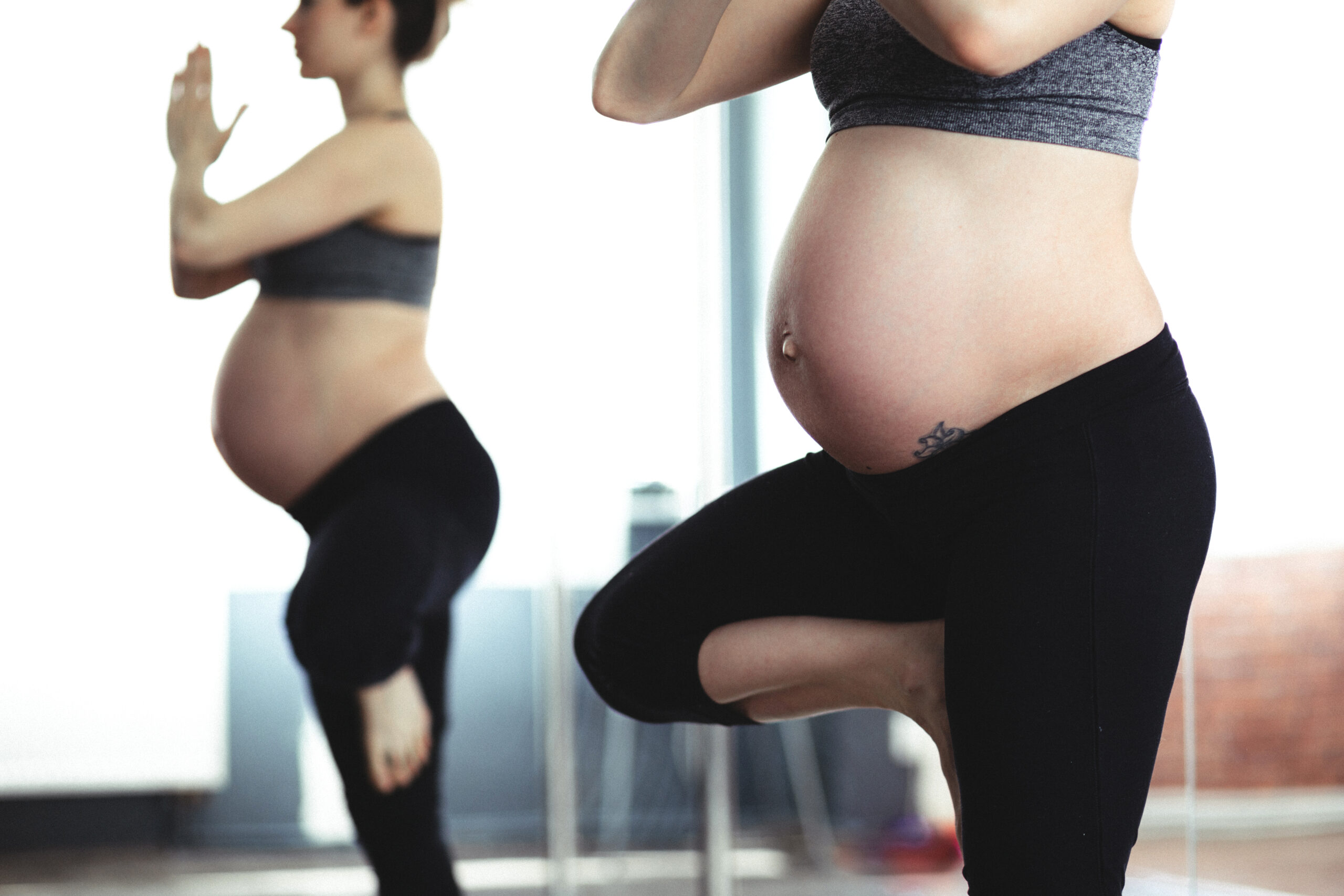Are there any risks or precautions I should be aware of when doing cardiovascular exercises for weight loss?
Title: Cardiovascular Exercises for Weight Loss: Understanding the Risks and Precautions
Introduction:When it comes to weight loss, cardiovascular exercises have proven to be highly effective. Engaging in activities like running, cycling, swimming, or dancing helps burn calories, increases heart rate, and strengthens the cardiovascular system. However, it’s essential to approach these exercises with caution, as there are risks involved. In this blog, we will delve into the potential dangers and precautionary measures to ensure you get the most out of your cardiovascular workouts safely.
1. Health Conditions:Before beginning any cardiovascular exercise regimen, it is crucial to consult with a healthcare professional, especially if you have any pre-existing health conditions. Certain conditions such as heart disease, high blood pressure, diabetes, or obesity may require specific modifications or restrictions to your exercise routine to avoid potential complications.
2. Start Gradually:Jumping headfirst into an intense cardio workout may seem tempting, but it’s important to start gradually and build up your endurance over time. Sudden, excessive exertion can lead to injuries, including muscle strains, sprains, or stress fractures. Begin with low-impact exercises, such as brisk walking, and gradually increase the intensity and duration as your fitness level improves.
3. Proper Warm-up and Cool-down:Never skip the warm-up and cool-down phases of your workout. These are essential for preparing your muscles and joints for exercise, as well as aiding in recovery. A warm-up should include light aerobic activity and dynamic stretching, while a cool-down should involve static stretching and gentle exercises to gradually bring your heart rate back to its resting state.
4. Listen to Your Body:Pay attention to your body’s signals during exercise. Pushing beyond your limits or ignoring pain can lead to injuries. If you experience chest pain, dizziness, shortness of breath, or an irregular heartbeat during or after your workout, stop exercising immediately and seek medical attention.
5. Hydration and Nutrition:Proper hydration is crucial during cardiovascular exercises. Drink water before, during, and after your workout to prevent dehydration. Additionally, maintain a well-balanced diet that includes enough carbohydrates, proteins, and healthy fats to fuel your workouts effectively and aid in recovery.
6. Wear Appropriate Gear:Invest in good-quality supportive footwear that suits the type of exercise you are engaging in to minimize the risk of injuries. Additionally, wear comfortable, breathable clothing that allows unrestricted movement and helps regulate body temperature during your workouts.
7. Cross-Training and Variety:Avoid overuse injuries by incorporating cross-training and variety into your exercise routine. Engaging in a range of activities, such as swimming, cycling, strength training, or yoga, not only prevents boredom, but also allows your body to work different muscle groups, reducing the risk of overloading certain areas.
Conclusion:When done correctly and with proper precautions, cardiovascular exercises can be an excellent tool for weight loss. However, it is crucial to understand the potential risks involved and take necessary precautions to minimize them. By consulting with a healthcare professional, starting gradually, listening to your body, and following proper warm-up and cool-down routines, you can enjoy the benefits of cardiovascular exercises while reducing the likelihood of injuries. Remember to stay hydrated, eat a balanced diet, wear appropriate gear, and include variety in your workouts. Stay safe, and enjoy your journey towards a healthier and fitter you!



